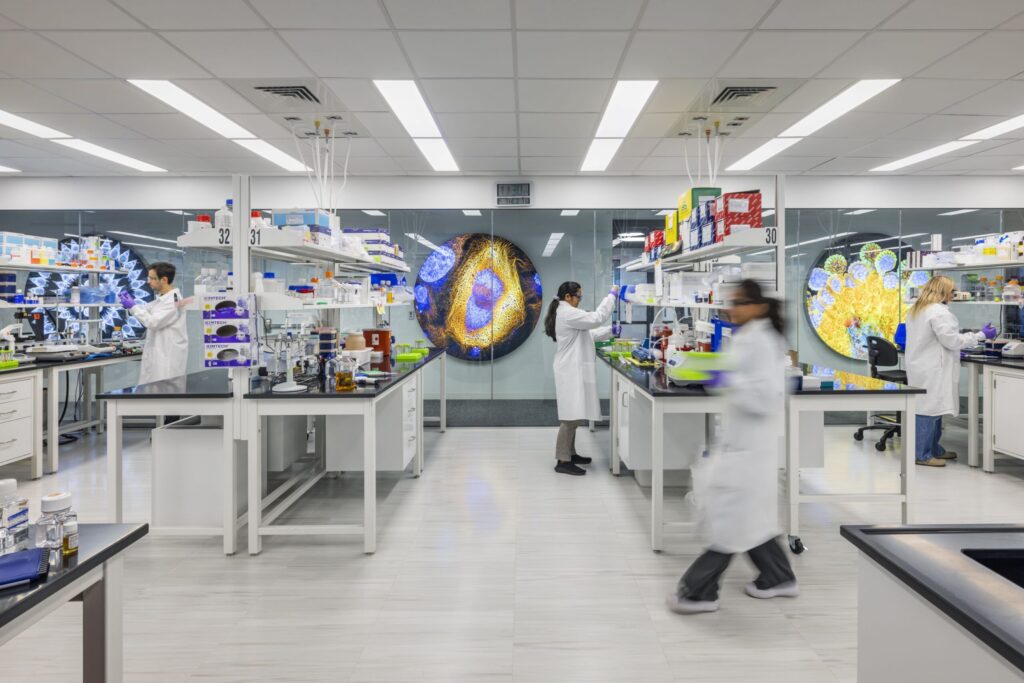
Asimov has officially launched its AAV Edge Stable Producer system, aimed at enhancing the production of adeno-associated viruses (AAV) for gene therapy. This new approach addresses significant limitations seen in traditional transient transfection methods, striving to elevate AAV manufacturing standards to those of established antibody-based biologics. Alec Nielsen, PhD, co-founder and CEO of Asimov, highlighted the need for scalable and cost-effective processes to reliably produce high-quality viral vectors, a critical aspect of AAV gene therapy development.
The ongoing reliance on transient production methods presents several challenges. These include the necessity of multiple good manufacturing practice (GMP) plasmids for each batch, which can inflate costs, create supply chain vulnerabilities, and complicate bioreactor scalability. “This approach can also lead to inconsistency in product quality,” Nielsen explained, emphasizing the urgency for a better solution.
By integrating essential viral genes stably into the genome of HEK293 cells, Asimov is capable of generating high-titer, clonal producer cell lines. This innovation not only eliminates the need for expensive GMP plasmids but also facilitates straightforward scaling in bioreactors. This process significantly reduces batch-to-batch variability, leading to lower manufacturing costs and more consistent product quality.
According to a company spokesperson, the new system enables the delivery of Research Cell Banks (RCBs) within 20 weeks, containing the desired capsid and transgene. Therapeutic developers will receive clonal, suspension-adapted, fully stable AAV HEK293 producer cell lines that support the reliable manufacture of gene therapies at scale, achieving titers of up to 6E15 vg/L prior to purification.
“It’s no secret that the gene therapy field has gone through several painful years recently, but gene therapy remains our best shot at treating many of the world’s most stubborn diseases,” Nielsen stated. He expressed confidence in the potential of this modality and reaffirmed support for patients and scientific pioneers pushing the field forward.
Nielsen added, “Together, we’re pulling every lever available to improve scalability, safety, efficacy, quality, and cost. Stable producer cell lines are one of the technologies needed to unlock the next generation of gene therapies. I’m incredibly proud of our team for achieving this technical milestone in synthetic biology, and excited by the validation we’re receiving from pharma partners on their gene therapy programs.”
As the gene therapy landscape continues to evolve, innovations like the AAV Edge Stable Producer system could play a pivotal role in advancing therapeutic options for patients worldwide. This development marks a significant step forward in addressing the challenges of AAV production, offering hope for more effective and affordable treatments in the future.






